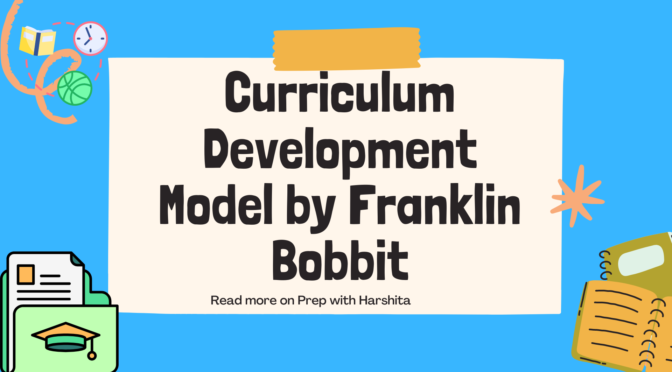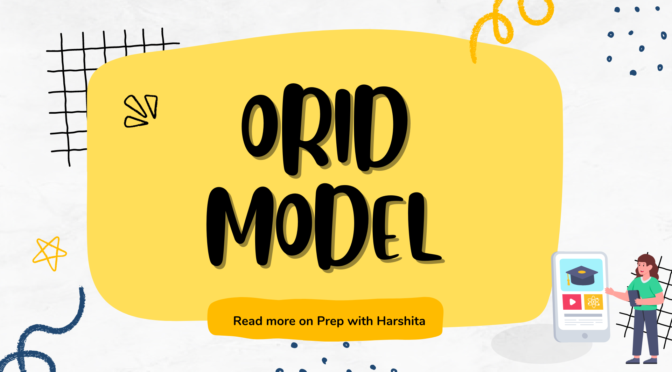Franklin Bobbitt was an influential figure in the field of curriculum development during the early 20th century. He is best known for his “Scientific Curriculum Making” approach, which focuses on the application of scientific principles to curriculum design. Bobbitt believed that curriculum should be based on clear objectives and should be developed systematically.
Curriculum development model by Franklin Bobbit can be summarized in a few key principles:
Identification of Objectives: Bobbitt stressed the importance of clearly stating the educational objectives that the curriculum aims to achieve. These objectives should be specific, measurable, and aligned with broader educational goals.
Analysis of Needs: Before developing a curriculum, Bobbitt focused on conducting a thorough analysis of the needs of learners. Also, focuses on the societal and cultural context in which the curriculum will be implemented. This analysis helps to ensure that the curriculum is relevant and according to the needs of its stakeholders.
Also Read: Core Curriculum
Read more on page 2


